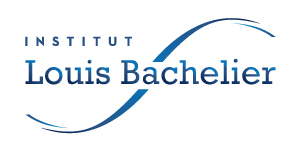Hydrogen valleys, which integrate renewable energy sources, hydrogen infrastructure, and end-use applications, play a crucial role in decarbonizing industrial energy hubs. However, the large-scale deployment of hydrogen is constrained by limited renewable electricity availability and high technology costs. To address these challenges, we develop a framework for optimally allocating renewable hydrogen across end-use sectors to maximize social welfare. A key insight from our analysis is that the merit order of hydrogen end-uses is dynamic, evolving with an increasing Social Cost of Carbon (SCC). When the SCC surpasses a threshold defined by the Social Opportunity Cost of Abatement (SOCA), allocating hydrogen to the most emissions-intensive sector becomes socially optimal, even if that sector has a higher sectoral abatement cost. Additionally, we demonstrate that minimizing welfare losses requires prioritizing sectors with limited viable low-carbon alternatives, ensuring that hydrogen is deployed where it delivers the greatest marginal benefit. A two-period dynamic model further illustrates how investment decisions should prioritize applications with higher learning potential in the initial period to accelerate cost reductions and long-term efficiency gains. We also evaluate second-best policy instruments in scenarios where carbon taxation alone fails to fully internalize externalities. Our findings indicate that demand-side subsidies, which directly support hydrogen adoption in end-use sectors, are more effective than production subsidies in ensuring a better alignment of hydrogen allocation with the social welfare optimum. We calibrate the model to the Industrial-Port-Zone of Marseille-Fos, revealing that sectors with limited low-carbon alternatives, such as chemicals and sectors with high learning potential such as steel industry, rank highest in the merit order for hydrogen deployment.
Séminaire en présence d'Adam George (SOAS, University of London). Adam George présente un modèle macroéconomique SFC environnemental britannique intégrant émissions de CO2 et investissements verts de tous les agents économiques. Le modèle trimestriel analyse l'impact des politiques énergétiques selon le rapport capital vert/capital conventionnel. Quatre scénarios fiscaux verts sont testés (2022-2035) : taxe carbone, investissement...
Le laboratoire GAEL (Grenoble Applied Economics Laboratory) et la Chaire Energie et Prospérité organisent un workshop sur l’économie de la bioénergie les jeudi 9 et vendredi 10 octobre 2025 sur le campus universitaire de Grenoble.


